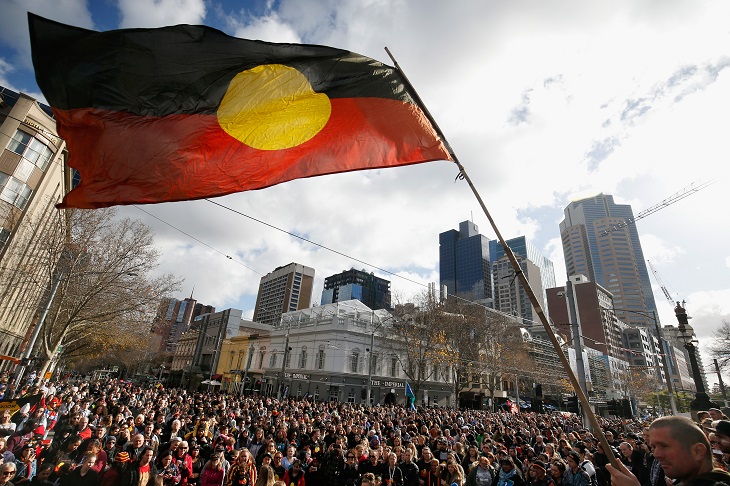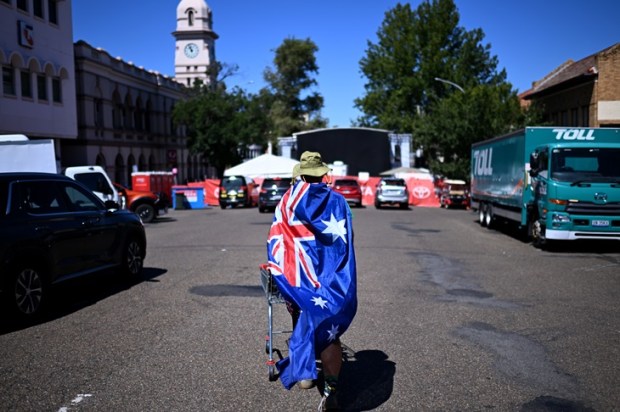When it comes to Indigenous matters, it seems Victorians and their Members of Parliament, have no idea what is happening in their state.
There is a total void of understanding. A knowledge black hole, so to speak.
Victoria is the frontier state for Indigenous activism and separatism. It leaves others in its legislative wake.
Indigenous activists previously called for inclusivity.
Already a subscriber? Log in
Subscribe for just $2 a week
Try a month of The Spectator Australia absolutely free and without commitment. Not only that but – if you choose to continue – you’ll pay just $2 a week for your first year.
- Unlimited access to spectator.com.au and app
- The weekly edition on the Spectator Australia app
- Spectator podcasts and newsletters
- Full access to spectator.co.uk
Or


























Comments
Don't miss out
Join the conversation with other Spectator Australia readers. Subscribe to leave a comment.
SUBSCRIBEAlready a subscriber? Log in